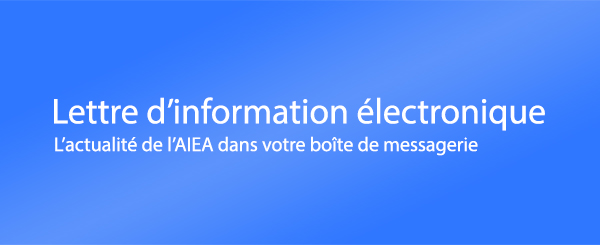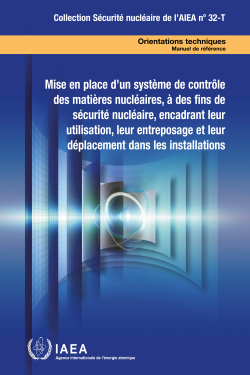Description
Le contrôle de matières nucléaires englobe les mesures administratives et techniques appliquées en vue de s’assurer que ces matières ne soient pas utilisées à mauvais escient ou soustraites du lieu qui leur a été assigné sans autorisation ou sans comptabilisation appropriée. La présente publication, qui s’appuie sur le Guide d’application no 25-G de la collection Sécurité nucléaire de l’AIEA, porte sur le contrôle de matières nucléaires pendant leur entreposage, leur utilisation et leur déplacement dans une installation, au moyen d’un système de comptabilisation et de contrôle des matières en question. Elle décrit les mesures pratiques permettant de contrôler ces matières à des fins de sécurité nucléaire au cours de toutes les activités menées dans une installation, y compris leurs mouvements, et indique comment appliquer ces mesures dans le cadre d’une approche graduée. Les orientations techniques relatives à l’utilisation des différents éléments du système de comptabilisation et de contrôle des matières nucléaires sont destinées aux États et à leurs autorités compétentes, mais s’adressent également aux responsables de la conception, de l’exploitation et de l’évaluation des systèmes de sécurité nucléaire, de la protection physique des installations nucléaires, et de la gestion de la sécurité nucléaire. Elles intéresseront aussi les exploitants et les gestionnaires des systèmes de comptabilisation et de contrôle des matières nucléaires, ainsi que le personnel chargé d’établir les réglementations y afférentes et celui affecté à la sécurité informatique dans les installations nucléaires.
Plus d’informations sur la réutilisation de textes de l’AIEA soumis au droit d’auteur
Mots-clés
Sécurité nucléaire de l’AIEA, Industrie nucléaire, Mesures de sécurité, Comptabilisation des matières, Installations nucléaires, Substances radioactives, Confinement, Mesures de contrôle, Utilisation, Entreposage, Déplacement sur site, Mesures techniques, Approche graduée, Systèmes de sécurité nucléaire, Autorité compétente, Comptabilisation et contrôle des matières nucléaires, Dispositifs d’indication de fraude, Surveillance, Contrôle, Niveau de l’installation, Connaissances, Enlèvement, Utilisation abusive, Production, Traitement, Expédition, Réception, Transfert, Relocalisation, Réponse, Irrégularités, Enquête, Actions correctives, Signalement, Évaluation, Interface, Protection physique, Contrôle des articles, Statistiques, Calcul, EED, Écart expéditeur/destinataire, Inventaire, Continuité des connaissances, Mécanismes correcteurs, Dépositaire
Publications connexes

2024

2024

2023
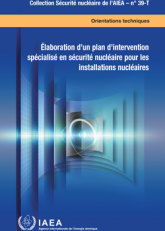
2023

2022

2022

2021

2021

2018
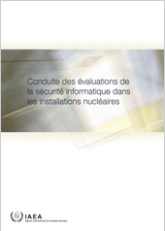
2018

2018
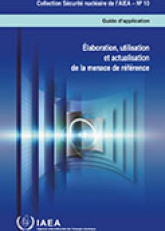
2012

